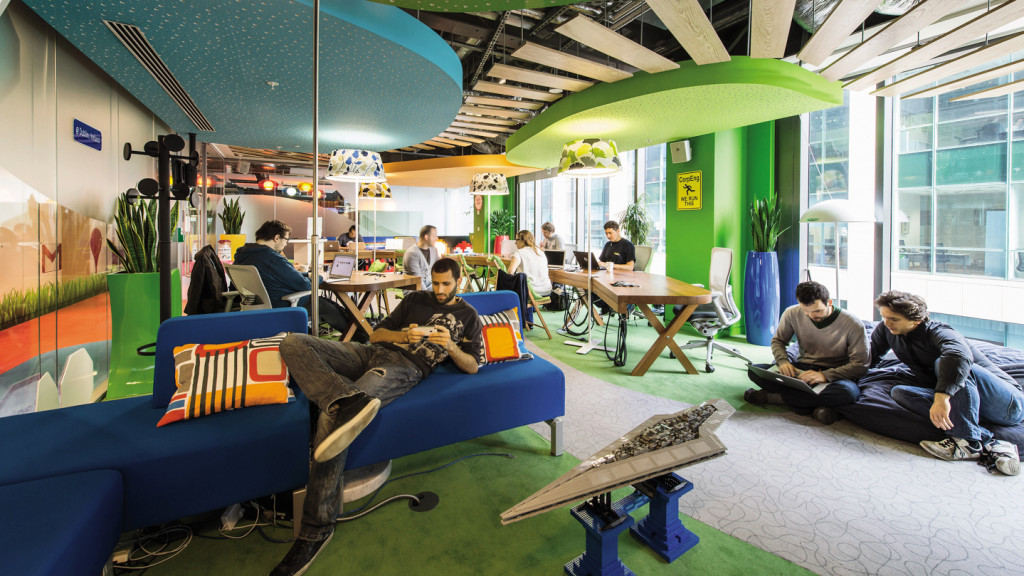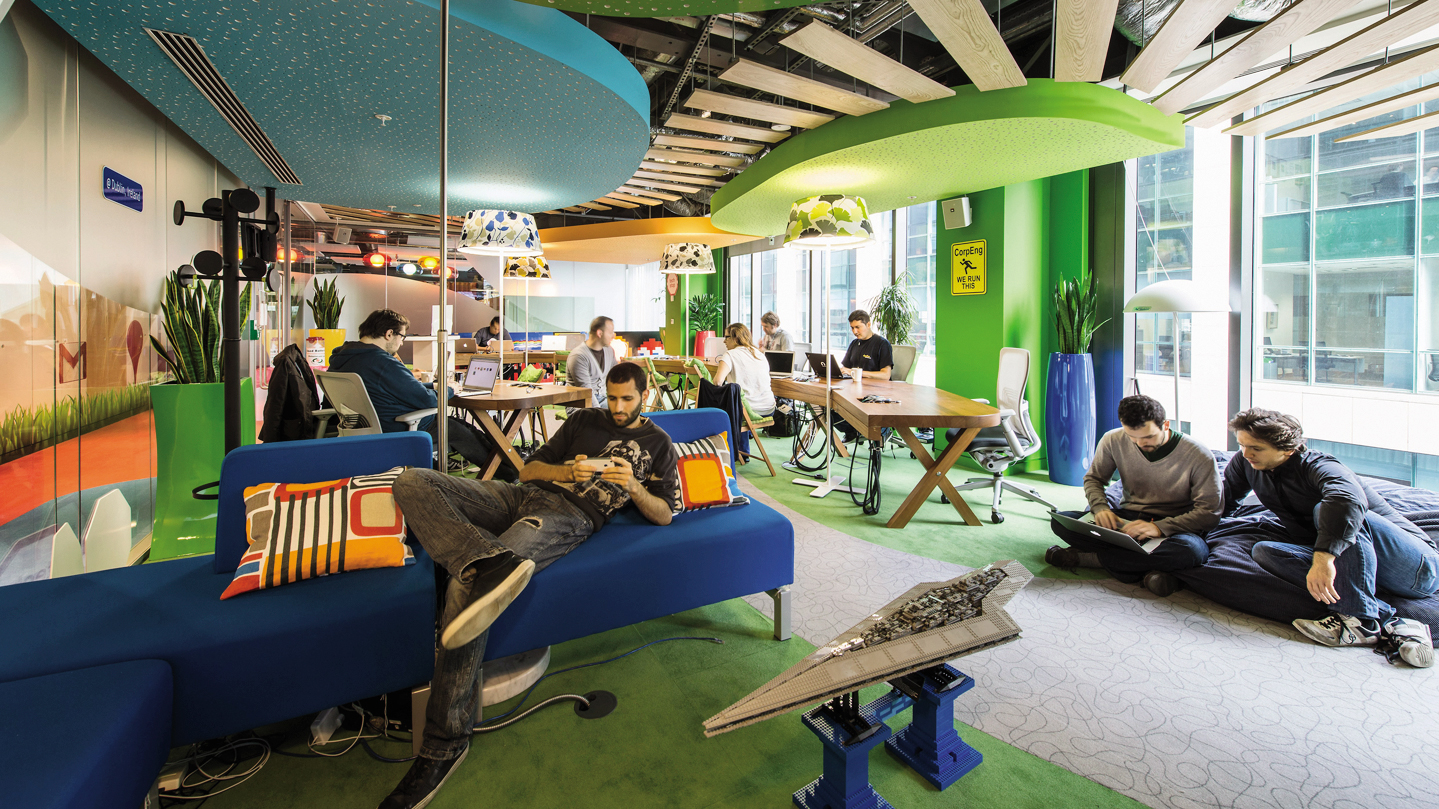It is 8:00 on a Tuesday morning, you’ve just arrived at work and sat down in your cubicle. Aside from a few nods walking in and your supervisor’s routine morning inquiries, you can pretty much guarantee you won’t see another soul until the 10:30 social break at the water cooler. After that it’ll be a slow crawl through emails and reports until the end of the day when you can escape the confines of the office and breathe the glorious fresh air of freedom.
The majority of us don’t give much consideration to the orientation of our workplace, nor the psychological implications associated with its layout. We often assume the cubicle life is the norm and the water cooler is the primary destination for social interaction. However, a number of extremely successful companies such as Google, Facebook, and Zappos have done away with the classic office model in favor of more open designs that increase employee collaboration.

Read also: This Office Went Naked For A Month As A Social Experiment [NSFW]
The Importance of Culture
Adjustments such as these have fostered the development of unique company cultures. According to research from Northeastern University’s MBA program, having a thriving company culture is key to innovation in the workplace. Innovation must be ingrained into the very core of the workplace and part of that is through having a collaborative work environment where employees feel safe enough to take risks.
The idea certainly has merit as the aforementioned companies are some of the most productive in the world and also have some of the highest rates of employee happiness. Some studies have suggested that unhappy employees can cost businesses in the United States up to $550 billion yearly in lost productivity. This is because unhappy workers take more sick days and spend more time on unrelated tasks at work. Furthermore, employees that don’t like the culture of the office are 46 percent more likely to quit.
Death of the Cubicle
In order to most easily establish an office space that incorporates collaborative ideas and company culture, the cubicles need to go. Research has shown – and most employees would agree – that a three-walled working environment creates a feeling of isolation and decreases collaboration, innovation, and general office productivity. The idea of having personal space was the brainchild behind introducing cubicles; but this illusion was shattered as companies tried to cram as many people into these spaces as possible – creating the term ‘cube farm.’
Before throwing down all the walls it is important to remember that many employees have a difficult time with strictly open environments due to too much face time with coworkers. We have all met the guy that talks to everyone around him whether or not they want to participate in the conversation. One study from Rutgers University suggests that unanticipated social interruptions can actually increase workplace stress and harm to amount of work that can be accomplished.

For that reason, perhaps the best way to structure office spaces to foster company workplace goals is to find the best of both worlds. Create collaborative spaces that employees feel as though they can easily communicate with others without a lot of effort, but where they can still focus on their work without constant distractions from coworkers. Creating small group clusters that can work together to innovate and share ideas is an increasingly popular way to achieve this.
Avoiding the pitfalls of too open or too closed off work environments can be an extremely lucrative benefit.
Many employees have reported feeling happier, more connected to the company, and interested in the work they are doing when a strong culture has been developed. Designing a floor plan that naturally lends itself to these feelings in employees can be an essential step to increasing the productivity, happiness, and profits within the company.
